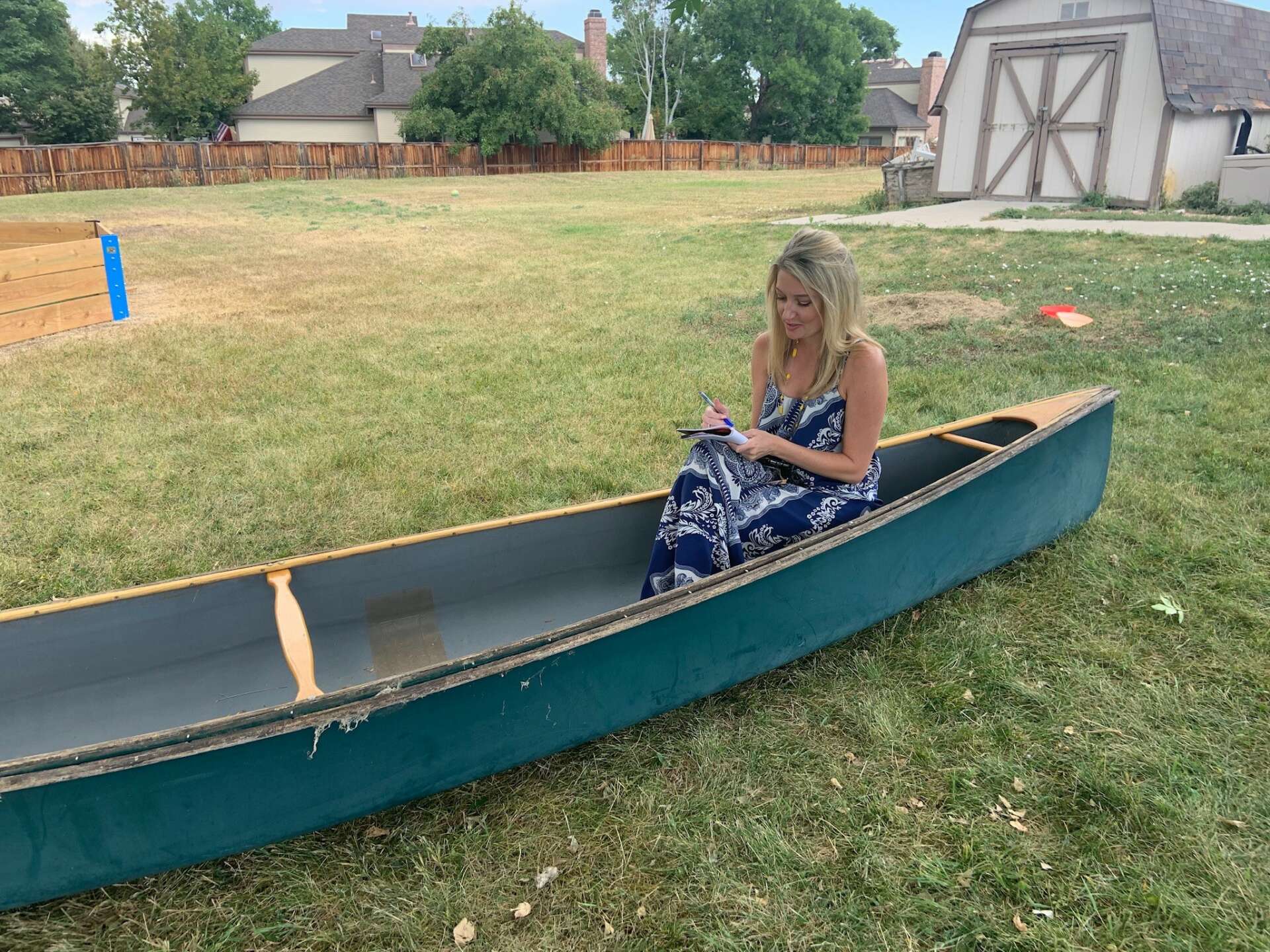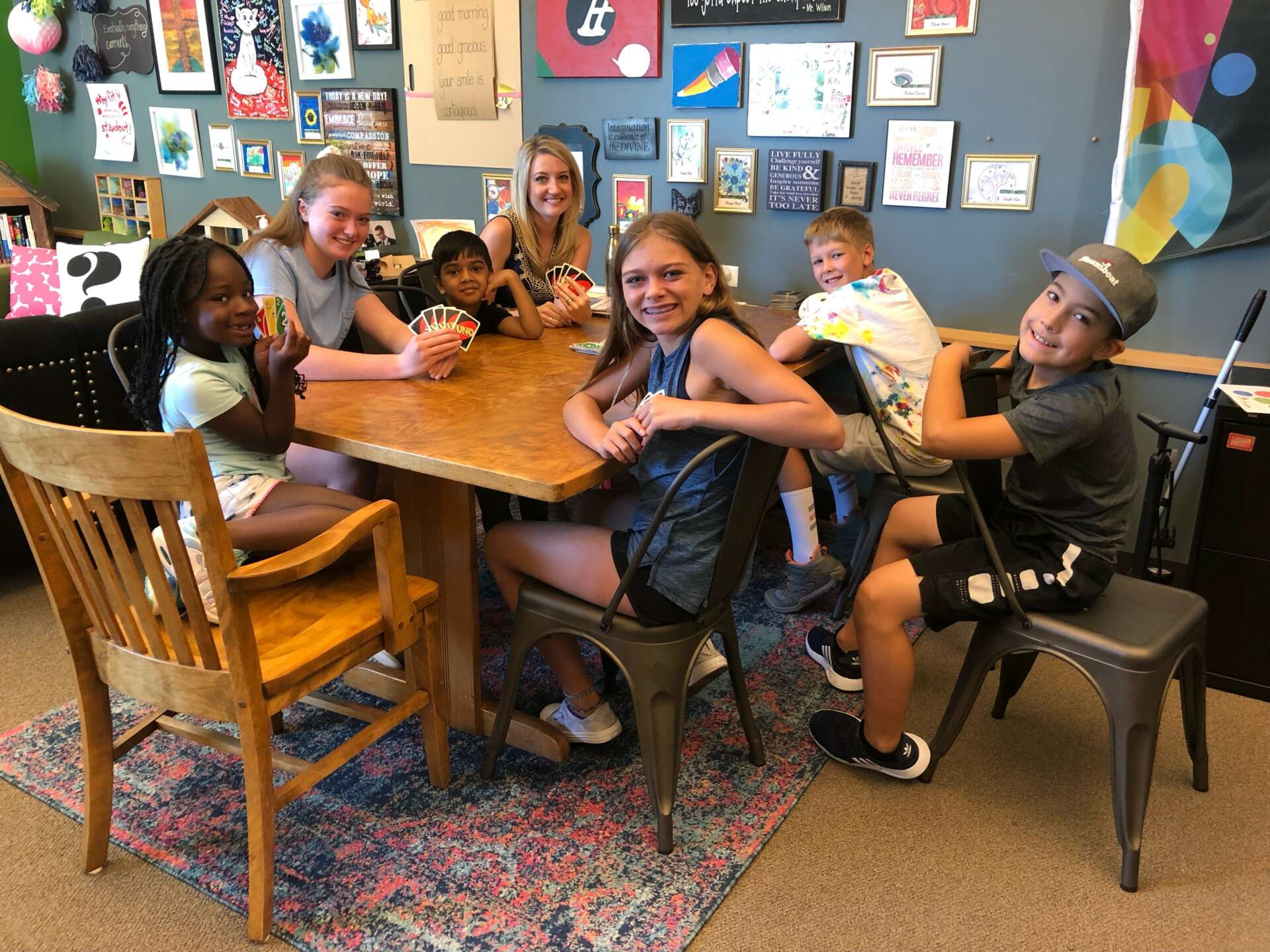We caught up with the brilliant and insightful Kelly Tenkely a few weeks ago and have shared our conversation below.
Kelly, looking forward to hearing all of your stories today. What’s the backstory behind how you came up with the idea for your business?
There’s nothing sacred about spelling tests as a way to learn to spell, flashcards to learn math facts, curriculum as a way to teach, or testing as a way to collect data on learning. There’s nothing sacred about most of what we do every day in education, yet we hold tightly to these structures as if they are sacred. As an educator, I routinely witnessed how this one-size-fits-all model that values sameness and measures success narrowly failed to meet the needs of my students. From curriculum to testing structures, class sizes to grade levels, the system designed to educate everyone had, in effect, been designed for no one. I believe that every child has unique gifts and purpose and that the world is better served when children learn through deep and connective inquiry, critical thinking, problem-solving, and can be creative. There was an enormous disconnect between the one-size-fits-all curriculum we were teaching and the individual students we were preparing. The longer I taught, the greater my sense of urgency for education reform. Initially, I thought the most significant opportunity for change was the one-size-fits-all curriculum.
In 2010, I was working as a technology integration specialist. One of my jobs was supplementing the boxed curriculum with technology. One day I was listening to Pandora Internet Radio (back when it felt new and magical), and a song I had never heard before came on. I had this geeked-out moment; I couldn’t believe that technology had come so far that it could predict a new artist and playlist I would like based on a single song. I wondered: if technology can create personalized music playlists, could we use it to personalize curriculum and learning for students in a more nuanced way? I started digging into the back end of Pandora to find out how it worked. Pandora is called the Music Genome Project, based on the Human Genome Project that maps DNA. Pandora maps music based on 400+ attributes of music. Each song gets tagged with its attributes, and a playlist gets created based on similar attributes. I thought: learning has attributes; if we knew who a student is and their learning needs, could we better personalize the learning experience? I created The Learning Genome Project with this in mind. Truly honoring each student and their unique learning journey while empowering teachers differently. As I was looking for investors and talking with teachers, I realized that even if this project was fully funded, and in perfect working order, we don’t currently have a model of education ready to individualize to this degree:
Class sizes are still too big.
We have a testing structure that values sameness.
We still measure success too narrowly.
I took a step back from the technology and started to consider what model might enable us to truly honor each individual learner. What emerged is a new kindergarten through eighth-grade school, Anastasis Academy.
Beginning with each individual student in mind we ask the questions:
What does love look like expressed as a school?
How might a school evolve and change to meet the needs of a student body in a constant state of change?
How might a school be connected to the community?


Kelly, before we move on to more of these sorts of questions, can you take some time to bring our readers up to speed on you and what you do?
I am a learner, writer, entrepreneur, and educator who believes that every learner is unique and has gifts, talents, and a vantage point that the world desperately needs. I’ve taught second grade, been an elementary computer teacher, education consultant, avid blogger, and a technology integration specialist. I’m the founder of the Learning Genome Project, updatED, 5Sigma Education Conference, and Anastasis Academy. Above all I want to leverage my own gifts and interests to make the world a better place and help others do the same, no matter their age.
How did you put together the initial capital you needed to start your business?
When we started Anastasis Academy, we had no seed money, funding, or backers. I created our website, paid for hosting, and the cost of printing some fliers that we put up all over town. Above all, our desire was to create a new model of learning for kids everywhere. We decided to start Anastasis as an independent school because it afforded us the most flexibility and most accessible entry point. We decided to set our tuition based on per-pupil expenditure in the public system. We wanted to show that a radically different model of education was possible even within similar monetary constraints. We hired a teaching staff, and secured a building lease (shared space) before we had money coming in. We knew that to make Anastasis a go, we needed a set number of students enrolled so that was our goal. Each student that enrolled put down an enrollment fee of $500 to secure their spot at Anastasis. Ultimately, the enrollment fee paid expenses before we had tuition payments coming in. We knew we had to have that goal number of students; we met that goal and were able to cover all expenses.


How did you build your audience on social media?
I started blogging on iLearnTechnology.com in 2007. Initially, my desire was to have a place where I could journal about the different technologies I was using with students that would be searchable later. My goal wasn’t building an audience, and in fact I didn’t really even consider that I might have an audience. I also joined Twitter in 2007 and realized there were other educators blogging and sharing their work on Twitter, holding weekly chats, and sharing tools and ideas. I started engaging in those weekly chats, connecting with other educators, sharing others’ work and my own, and genuinely building friendships. In 2010, I wrote a blog post called, “Do you want to form an alliance with me?” The idea was to encourage other educators to form a blogging alliance where they would read each other’s work, link to one another’s blogs, share their work on social media, and write guest posts. Fifty educators with blogs joined that first alliance. Everyone committed to reading, commenting on, and sharing each other’s work. We formed a fantastic friendship that was enormously transformational for each of us. This genuine connection grew my blog audience significantly, grew my Twitter following, and ultimately was a catalyst in starting Anastasis Academy.
For those just getting started on social media, my best advice is to find those who are doing work that interests you. Join conversations, share others’ work, and links that you think others will find helpful. Don’t start from a place of self-promotion, start from a place of learning with others. Add value, form connections, and then share your work.
Contact Info:
- Website: http://anastasisacademy.com, http://thelearninggenomeproject.com, http://5sigmaeducon.com , http://updateddesign.com, http://ilearntechnology.com, http://dreamsofeducation.wordpress.com
- Instagram: @TeamAnastasis, @ktenkely
- Facebook: http://facebook.com/anastasisacademy
- Twitter: @ktenkely, @teamanastasis
- Youtube: https://www.youtube.com/user/TeamAnastasis


